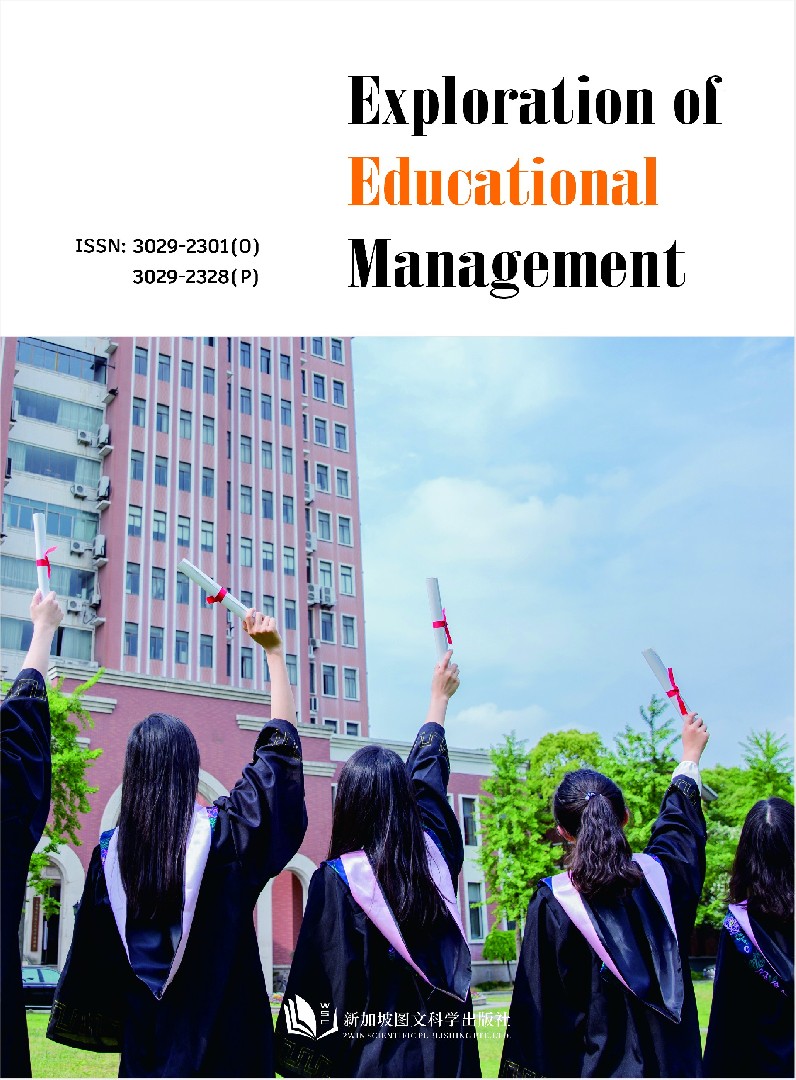作者
Zhong Kexin
文章摘要
Peter Newmark's theory of communicative translation considers that communicative translation is more suitable for informative texts. Newmark's theory of communicative translation believes that communicative translation is more suitable for informative texts, and he puts more emphasis on the reader's feelings. Translators should make full use of the advantages of the target language, so that the translation and the original text can reach a consensus on the effect, rather than sticking to the form and style of the original text. This paper analyses a translated text of literature and travel information based on Newmark's theory of communicative translation, expecting that this article can provide relevant scholars with some relevant texts to be analysed.
文章关键词
Communicative Translation Theory; Translation of Informative Texts; Newmark
参考文献
[1] Newmark, P. (1988). A Textbook of Translation. Prentice Hall International: New York.
[2] Newmark, P. (1994). A Correlative Approach to Translation. Prentice Hall International: New York.
[3] Chen, K., & Zhang, J. H.. (2008). An Analysis of Peter Newmark's Theory of Translation. Journal of Hebei Normal University (Educational Science Edition) (06), 144-146.
[4] Huang, T.-Y. (1998). A new study of direct and meaningful translation. Foreign Languages (1), 75-79.
[5] Yang, S. C. (1989). (1989). A brief analysis of Newmark's semantic and communicative translation theories. Fujian Foreign Languages (Z2), 68-71.
[6] Yang, S. (1998). (1998). An overview of Peter Newmark's new concept of translation. Chinese translation (1), 48-50.
[7] Zhong, Wei-Ho. (1998). Interview with the famous British translation theorist Peter Newmark. Language and Translation (02), 71-73.
[8] Zhu, Zhiyu. (2006). Newmark's typology of translation. Foreign Languages: Journal of Shanghai International Studies University, 000(006), 51-57.
Full Text:
DOI
